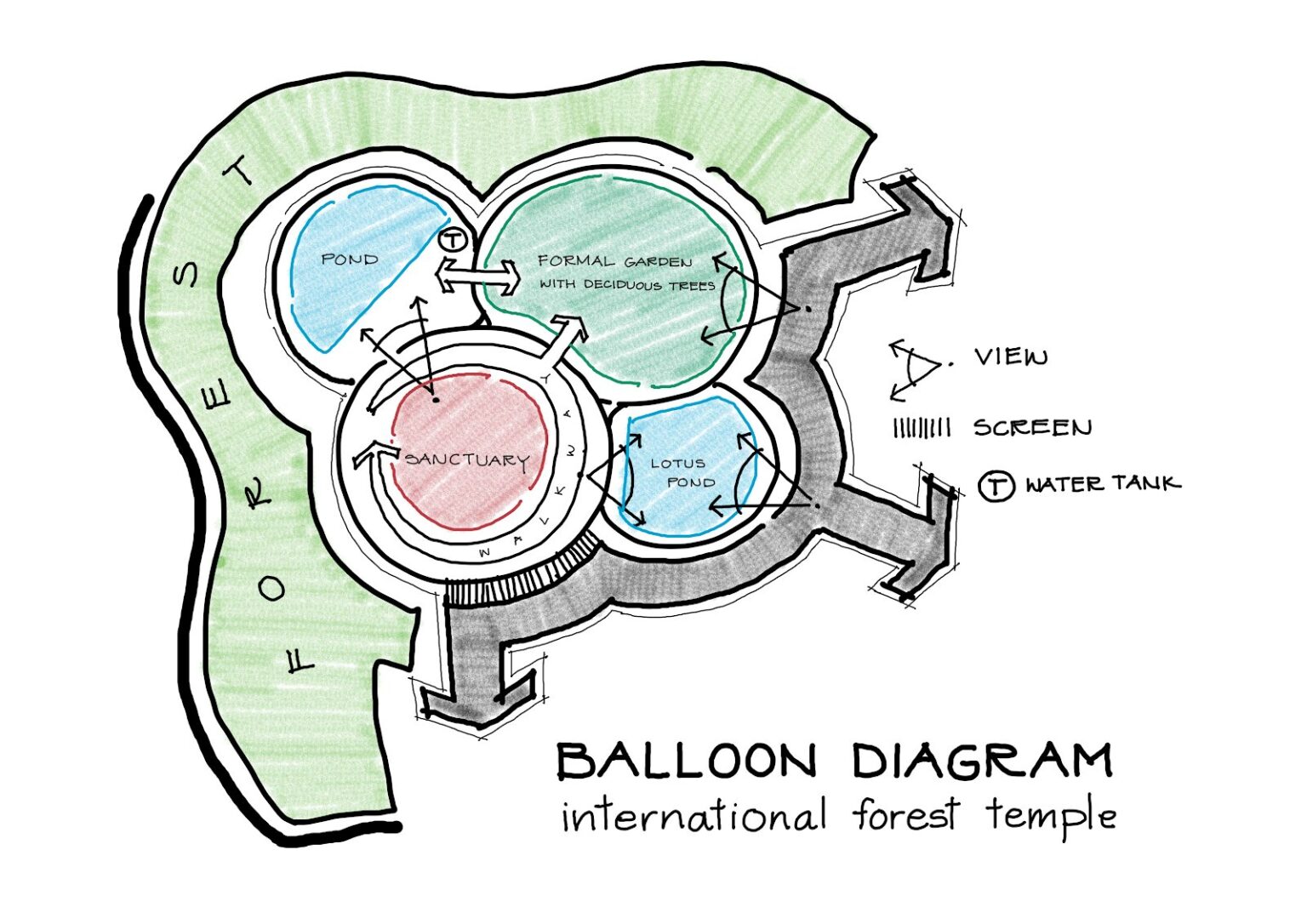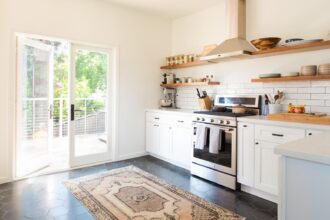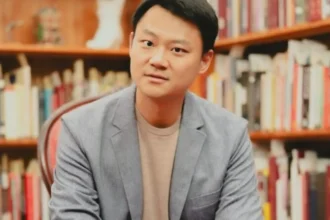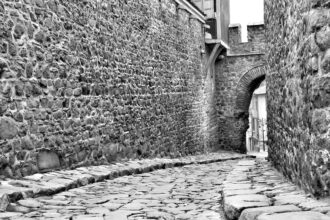A well-designed landscape doesn’t happen by chance—it’s the result of a thoughtful process that blends creativity, functionality, and technical expertise. Whether you’re envisioning a tranquil garden retreat, a modern outdoor living area, or a lush estate with curated plantings, understanding the landscape design process can help you bring your vision to life with confidence.
At Hampton Rustic Landscapes, we believe every outdoor space has the potential to be extraordinary. Here’s a step-by-step breakdown of how the landscape design process works, from the initial idea to the final flourish.
1. Initial Consultation & Site Analysis
The process begins with a personal consultation to understand your needs, preferences, and vision. During this phase, the landscape designer gathers information about your lifestyle, goals, and how you intend to use the space. Do you want a low-maintenance garden? Are you interested in privacy plantings or an entertainment area?
Next comes a site analysis, where we assess:
- Topography and soil conditions
- Sun and shade patterns
- Drainage and irrigation systems
- Existing vegetation
- Architectural style of your home
This foundational information informs every aspect of the design moving forward.
2. Conceptual Design Development
Using insights from the consultation and site analysis, the designer creates a preliminary concept plan. This may include:
- Spatial layout and traffic flow
- Hardscape features (patios, walkways, retaining walls)
- Proposed plant groupings
- Focal points such as water features or specimen trees
- Functional elements like fencing, lighting, or garden beds
Concept drawings or digital renderings help you visualize the potential layout and feel of your future landscape. Feedback is welcomed and used to refine the vision collaboratively.
3. Design Finalization & Material Selection
Once the concept is approved, the plan becomes more detailed. This includes:
- Exact plant species and quantities
- Construction materials (stone, pavers, mulch, etc.)
- Grading and drainage details
- Irrigation and lighting layout
- Structural elements such as pergolas, garden walls, or raised beds
This stage also includes final budgeting and project scheduling. We work closely with local growers and suppliers to source the right materials that align with both design and budget.
4. Installation & Construction
With designs finalized, the installation begins. Our skilled in-house team handles every step, including:
- Site preparation and grading
- Hardscape construction (walls, patios, driveways)
- Tree and plant installation
- Irrigation and lighting systems
- Mulching and finishing touches
For complex or large-scale jobs—like specimen tree moving, custom golf greens, or rooftop landscapes—specialty equipment and techniques are used to ensure precision and longevity.
5. Final Walkthrough & Adjustments
After installation is complete, a final walkthrough ensures every detail meets expectations. The designer and client review the project together, making any necessary adjustments.
This phase also includes guidance on how to care for the new landscape or setting up a tailored maintenance plan to protect your investment year-round.
6. Ongoing Maintenance & Support
Beautiful landscapes require care to stay healthy and vibrant. Hampton Rustic Landscapes offers continued support through customized maintenance programs. From seasonal plantings and pruning to lawn care and irrigation monitoring, we ensure your landscape evolves gracefully over time.
Conclusion: Bringing Your Vision to Life
Landscape design is more than planting trees or laying pavers—it’s about creating an outdoor space that reflects your lifestyle, enhances your property, and stands the test of time. At Hampton Rustic Landscapes, we’re proud to walk with you every step of the way—from concept to creation—to design and build spaces that inspire and endure.

















